Passionate about the world of gastronomy, he paints food just as much as those who helped prepare it. An intimate painter, he brings care and reflection to the arrangement of the elements of the decor and he shows a lot of refinement and accuracy in the choice of colors He receives the gold medal of the Universal Exhibition of 1900 for three major works : The Snack, Soap Bubbles and La Servante. Performing works in the Dutch or Flemish taste, he endeavors to reproduce interior scenes. He is particularly skilled in rendering the shine of copper, in playing with the light of a ray of sunshine which furtively enters the play Joseph Bail first receives artistic education from his father, Jean-Antoine Bail , Lyon painter and excellent intimate master. Very early on, he was nourished by the traditions offered to him by his hometown and the creative atmosphere of his home. Thus, he stages sparkling objects, adorned with beautiful and rich colors. In the 1880s, he moved to Paris where he worked under the direction of Gérôme and Carolus-Duran. His first successes date back to 1878, the year in which he began exhibiting at the Salon des Artistes Français. He obtained numerous awards, including a third class medal in 1886, a second class medal in 1887; in 1889, he was awarded a silver medal, and obtained a gold medal at the Universal Exhibition of 1900. This ensured him recognition and guaranteed him orders from the bourgeoisie. His style, totally turned towards the past, with a great sense of realism, won him again a prize in 1902, at the Salon des Artistes Français, where he was awarded a medal of honor for his painting entitled "Les Dentellières" . It was at this time that he began his large paintings among the nuns of the Hospice de Beaune. Joseph Bail retained the favors of critics and collectors until the First World War, as a witness to traditions, at a time when these values were greatly shaken by the emergence of modernism. Finally, he was made Chevalier of the Legion of Honor. Joseph Bail is the painter of discreet interiors, bedrooms and active kitchens where housewives wearing white caps and ample take care of the preparations, workshops where the agile fingers of lace makers run through the trades. He brings light to clothes and objects, a technique that can also be admired in the works of 12th century Dutch masters such as Frans Hals. Also very inspired by the works of Jean-Baptiste Chardin, his canvases are brought to life by a clever play of contrasts. His brush excels at making the reflection of stained-glass windows play on the metallic or crystalline shine of hanaps, brass, and glassware. The quiet life of intimacy that humble and gentle women devote to household care, to sewing or to embroidery, is translated by this painter with the poetry of warm recollection. This accomplished artist, whose hand safety is marvelous, forces us to admire how he knows how to find the right tone, appropriate to shadows and lights, to the reflections that day makes on sparkling objects. His characters themselves stand out in visible silhouettes against the peace of the decor. Museums France: Doullens, Musée Lombart; Lyon; Mulhouse; Nancy; Saintes Paris: Musée d'Art Moderne, Musée du Petit Palais, Musée du Luxembourg Canada: Montreal Bibliographies E. Bénézit, Dictionary of painters, sculptors, draftsmen and engravers, Editions Gründ, Paris, 1999 Gérald Schurr, Pierre Cabanne, Dictionary of the little ones masters of the XIXth century (1820-1920), Edition de l'Amateur, Paris, 1996 Bellier de la Chavignerie et Auvray, General dictionary of artists of the French school E. Hardouin-Fugier, Painters of still life, in the 19th century











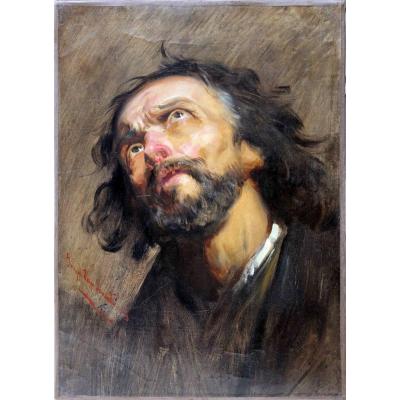
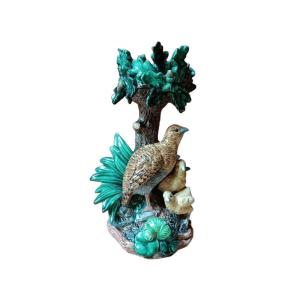


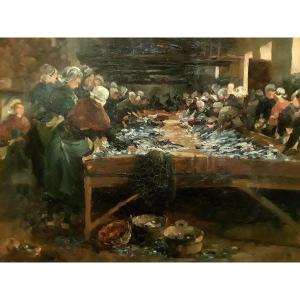





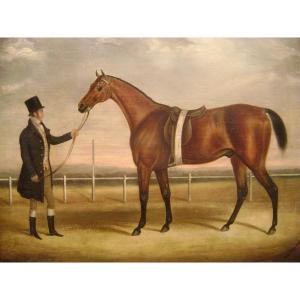

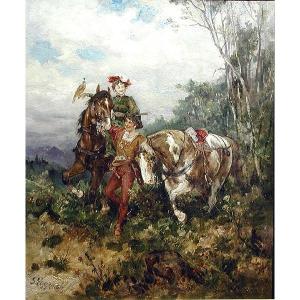

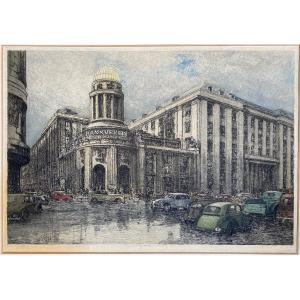





 Le Magazine de PROANTIC
Le Magazine de PROANTIC TRÉSORS Magazine
TRÉSORS Magazine Rivista Artiquariato
Rivista Artiquariato